Smooth and glossy, impact- and scratch-resistant, corrosion-protecting and formable: Cathodic dip coating (in short CDC, also known as cataphoretic dip painting) meets the highest optical standards and has outstanding technical properties.
Cathodic dip coating CDC - Processes and advantages
The components are immersed in a water-based, electrically conductive paint. An electrical field is then applied, causing the paint to be deposited on the parts. The paint coating is then fired at approximately 200°C, forming a highly uniform, closed organic paint surface in thicknesses that can range from 15-35 µm. For special requirements, we also offer thick-layered cathodic dip coatings approx. 35-45 µm in thickness.
Cathodic dip coating provides extremely good resistance to corrosion, even in hollow spaces and on sharp edges. CDC can also be used to coat parts that will be deformed in a downstream process. Parts can be deformed after the coating process to produce varying characteristics, depending on how they are adapted to the coating system, making it possible to carry out assembly work downstream. CDC is performed using a rack.
The use of passivations in the pre-treatment process provides additional corrosion protection and creates an excellent primer for cathodic dip coating. We use the highest quality passivation processes currently available (conversion coatings in the nano range) to achieve the best possible preconditions and a high level of process reliability for cathodic dip coating, especially for aluminium and galvanised components.
Aluminium finishing with CDC
In view of the trend towards lightweight design, cathodic dip coating on aluminium is a highly useful process, as aluminium saves weight, the cathodic dip coating gives parts an appealing appearance and passivation ensures a far higher degree of corrosion protection.
Another advantage is that there is no visible difference when installing steel together with aluminium parts when both are CDC-coated. For aluminium components in particular, passivation removes the uneven oxide layer on the surface of the aluminium and simultaneously provides an even conversion layer that forms an excellent primer for cathodic dip coating.
Aluminium components coated using CDC are used in the automotive industry in the engine, chassis and brake sections as well as in interiors, fuel systems and car bodies.
CDC in duplex systems
A CDC process combined with a zinc or zinc-nickel alloy can be used to create so-called duplex systems, i.e. two-stage systems consisting of a substrate of a Zn, Zn/Feor Zn/Ni coat and an organic CDC top coat. These systems provide outstanding corrosion protection (up to 1,000 hours of protection against base metal corrosion in a salt spray test performed to DIN 50021 SS standards), while simultaneously offering good resistance to thermal and mechanical wear.
Our processes page offers further information about duplex systems, e.g. also for cathodic dip coating combined with powder coatings. We can supply you with the complete range of CDC and duplex coatings – no matter on which substrate, for medium- and large-scale series production.
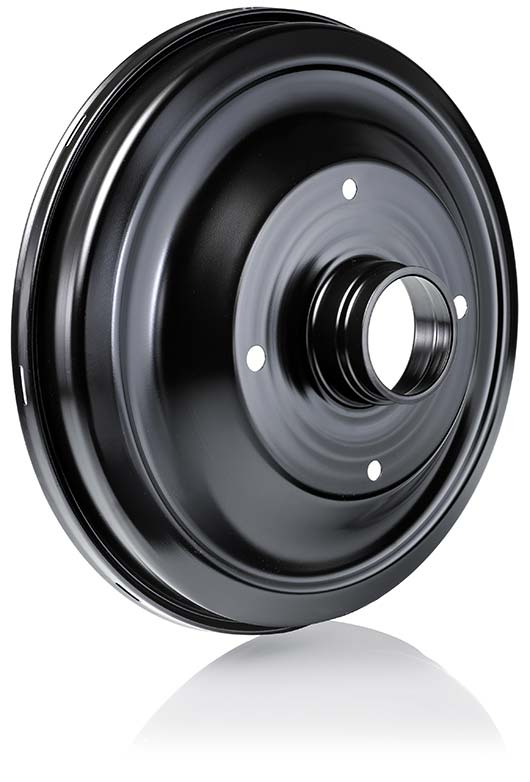


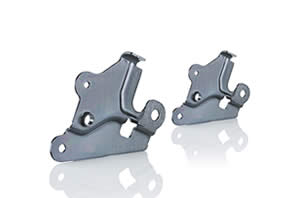
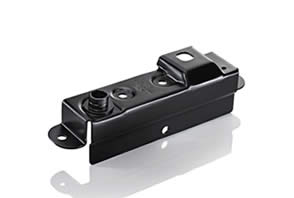

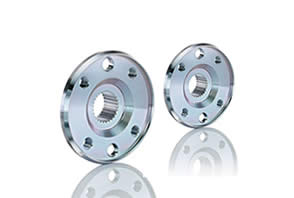
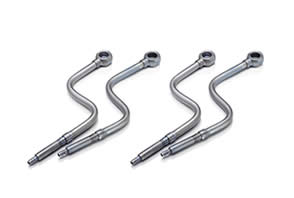
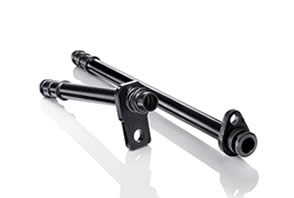
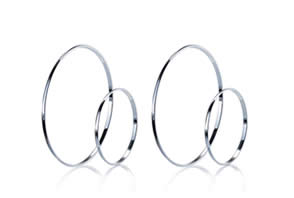
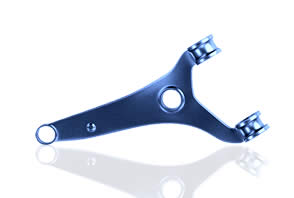
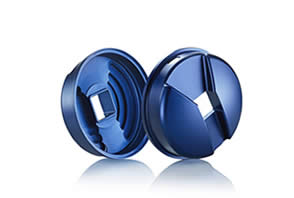
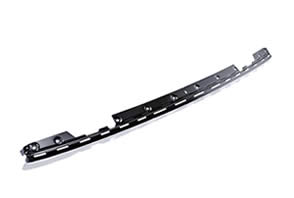
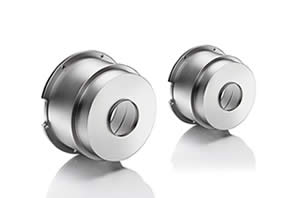
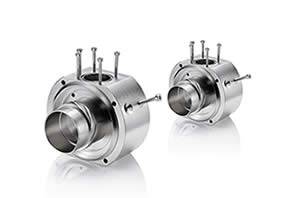
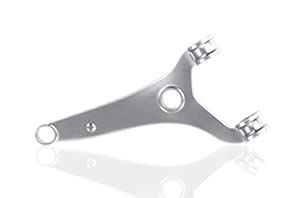

 Holzapfel Group
Holzapfel Group YouTube
YouTube